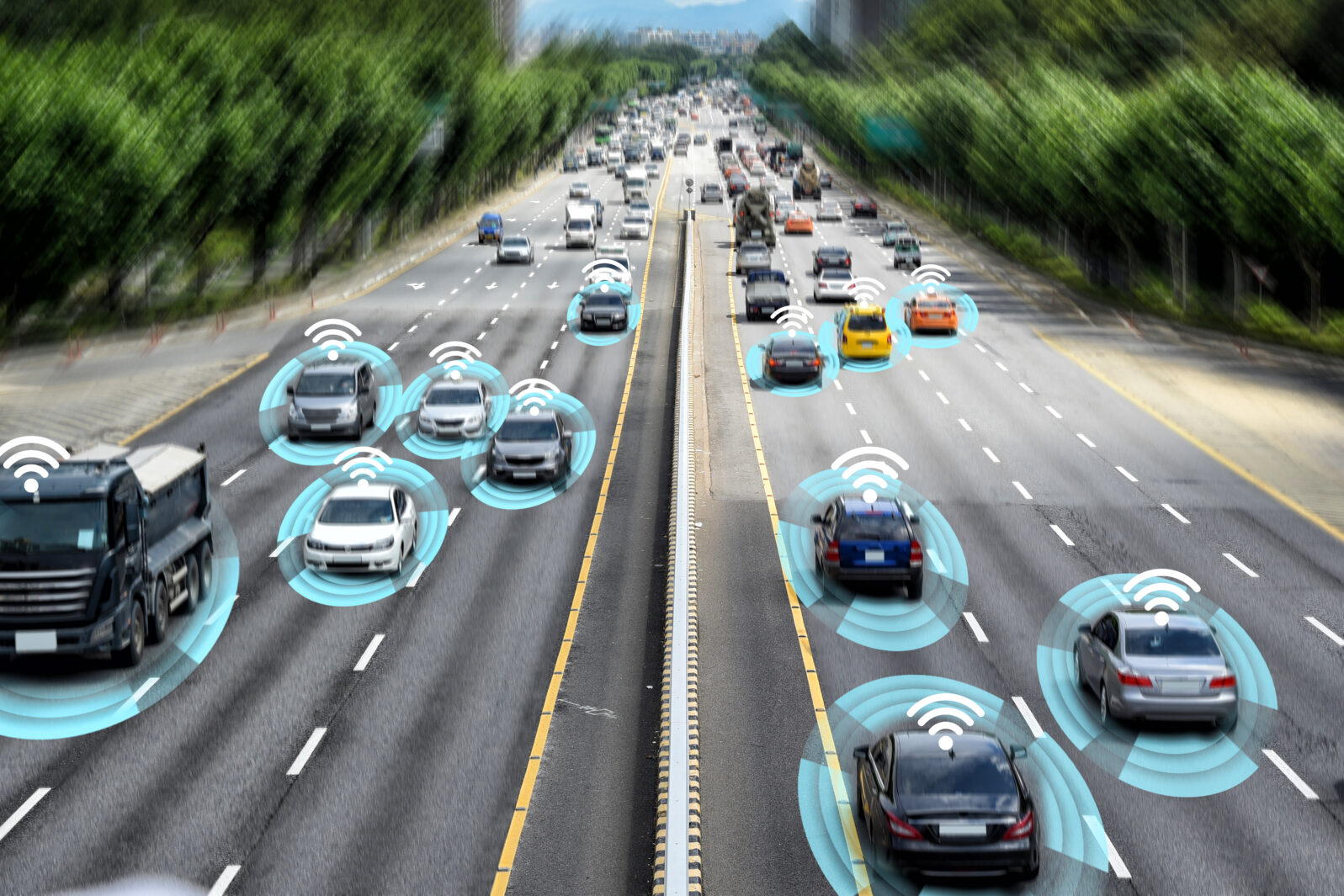Daimler, Waymo, and GM Make Big Gains in Level 4 Self-Driving
GM has been given a permit to test five driverless cars on streets in San Francisco later this yearThe Society for Automotive Engineering (SAE) has identified five levels of self-driving which describe how much a particular vehicle is able to handle its own driving tasks.
Level 1 means that the vehicle handles either the speed or the steering, but not both, and it requires supervision. While ordinary cruise control technically falls into this level, most people associate cruise control with adaptive cruise control, which slows down or speeds up with traffic.
A Level 2 car can control the speed and the steering but the driver must still maintain full vigilance.
At Level 3, the driver need not maintain total vigilance but must still be able to take control upon request.
Level 4 is “full self-driving” but limited to specific locations and/or conditions. For instance, an automated taxi serving a specific route would be a Level 4 self-driving car. This is the one that is showing big gains.
Finally, Level 5 means that users can go anywhere they wish by just entering the address. They can basically sleep in the back seat until arrival at the destination because the car takes care of every type of road, terrain, and condition.
As we have noted previously, a fundamental moral shift occurs between Levels 3 and 4. At Level 4, the responsibility for the car is no longer that of the driver but the manufacturer.
And what about Level 5? The transition from Level 4 to Level 5 is not a straight linear transition. It is orders of magnitude more difficult that the other level transitions and may prove impossible in practice. Over the years, I have been arguing that the smart money is on the companies who aim for solid Level 4 automation. Such automation focuses on the engineering task of providing an automated service rather than attempting to fulfill a dream of computers acting like humans.
In recent weeks, more and more companies are showing promise with Level 4 automation. For example, the company Voyage has released footage of its autonomous vehicles operating for seven continuous hours without a single intervention.
The Voyage system consists of two units, the “Commander,” which pilots the vehicle through streets, and the “Shield,” which overrides the commander to respond to unexpected safety hazards. Additionally, should the vehicles get into a predicament they can’t address, Voyage also has the option of a remote pilot that will operate the vehicle. By focusing on low-speed, well-mapped neighborhoods, Voyage has ensured that its safety systems can function correctly without accidentally endangering others.
On the freeway, truck builder Daimler has been partnering with Google’s self-driving car initiative, Waymo to develop Level 4 trucks for the highway. Daimler pioneered the first practical Level 4 system in mid-2019, with its automated parking system in Stuttgart. While this partnership is still in its early phases, Daimler and Waymo’s collaboration could feature some interesting developments.
Back on the city streets, GM was recently given a permit to start testing its autonomous vehicles without safety drivers on certain streets in San Francisco. The automaker plans to have driverless vehicles out on the roads by the end of the year.
In all, the future of Level 4 self-driving systems looks very bright. As with any engineering task, success depends on defining the problem clearly enough. Level 4 driving entails focusing on a clearly-defined problem domain, which makes coming up with solutions orders of magnitude easier than the unknown unknowns of Level 5.
You may also enjoy these articles on autonomous cars by Jonathan Bartlett:
Self-driving cars: Waymo beats Tesla by picking the right target. Trying to get the human out of the loop, as Musk proposes, becomes increasingly costly as the complexity increases. Waymo, by contrast, aims only at Level 4 self-driving where—under specific circumstances—the car does not need you.
and
Guess what? You already own a self-driving car. Tech hype hits the stratosphere. When companies can’t deliver on their promises, they simply redefine the terms to mean whatever they can produce in time for a media cycle, often geared to annual conventions and the like.
